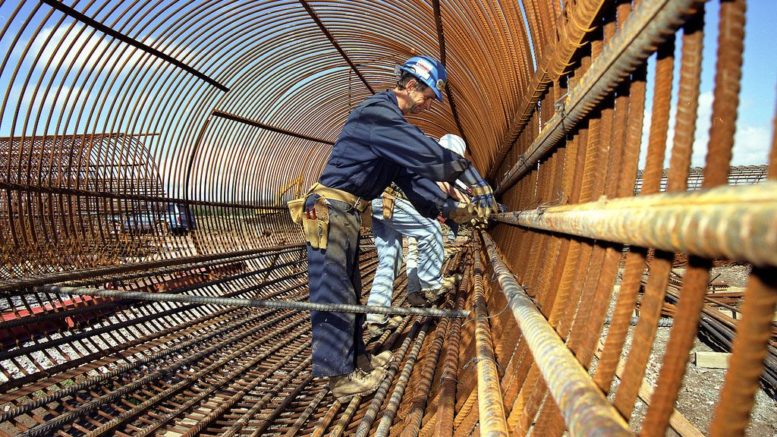ConDig (13-Apr-22). US construction input prices jumped 2.9% higher in March compared with the month prior on rising lumber and nonferrous wire costs, while inflationary pressures continue to mount, according to Associated Builders and Contractors (ABC) analysis of US Bureau of Labor Statistics data.
Construction input prices are up 24.4% on the same period last year and 39.1% from February 2020, the month before the COVID-19 pandemic began to affect the economy.
Nonresidential construction input prices increased 2.8% month-on-month and 25% higher than a year earlier. Natural gas prices are up more than 200% since the start of the pandemic, while crude petroleum prices are up more than 100% over the same comparison.
Iron and steel prices were up 1.4% in March, key roofing materials 1.6% higher and nonferrous wire and cable up 4.4%. Softwood lumber was also 7.6% higher and crude petroleum 7.2%.
Natural gas, however, was down 30.1% and unprocessed energy material down 11.2% month-on-month.
“Consumers are right to complain about inflation, which has been north of 8% during the past year,” said ABC chief economist Anirban Basu.
“But America’s contractors have experienced materials price inflation nearly three times that during the same period. For now, there are few signs of relief. Many prices rose on a monthly basis in March, reflecting ongoing upward price momentum.”
He added that the Russia-Ukraine conflict is set to affect equipment availability.
The latest ABC Construction Confidence Index survey indicates that about 3 in 4 contractors have suffered an interruption in delivering construction services in recent months. These challenges will persist, the association predicted.
“There is one more significant consideration for contractors,” said Basu. “With inflation running hot, the Federal Reserve will have to work even harder to slow the economy to trim price pressures and expectations. Recession risks are accordingly rising, and while that is unlikely to affect the level of contractor activity in the near term, that could eventually set the stage for a period when demand for construction services declines.”
